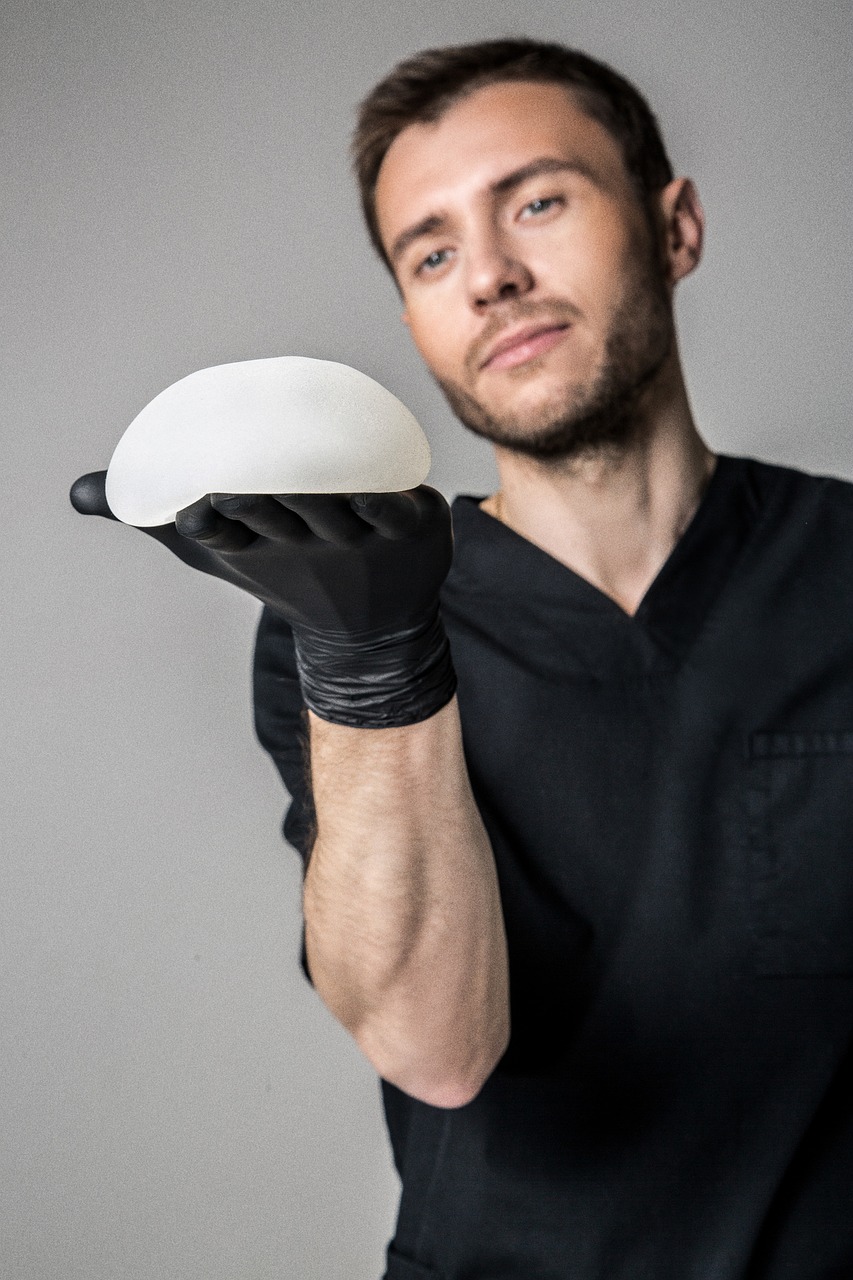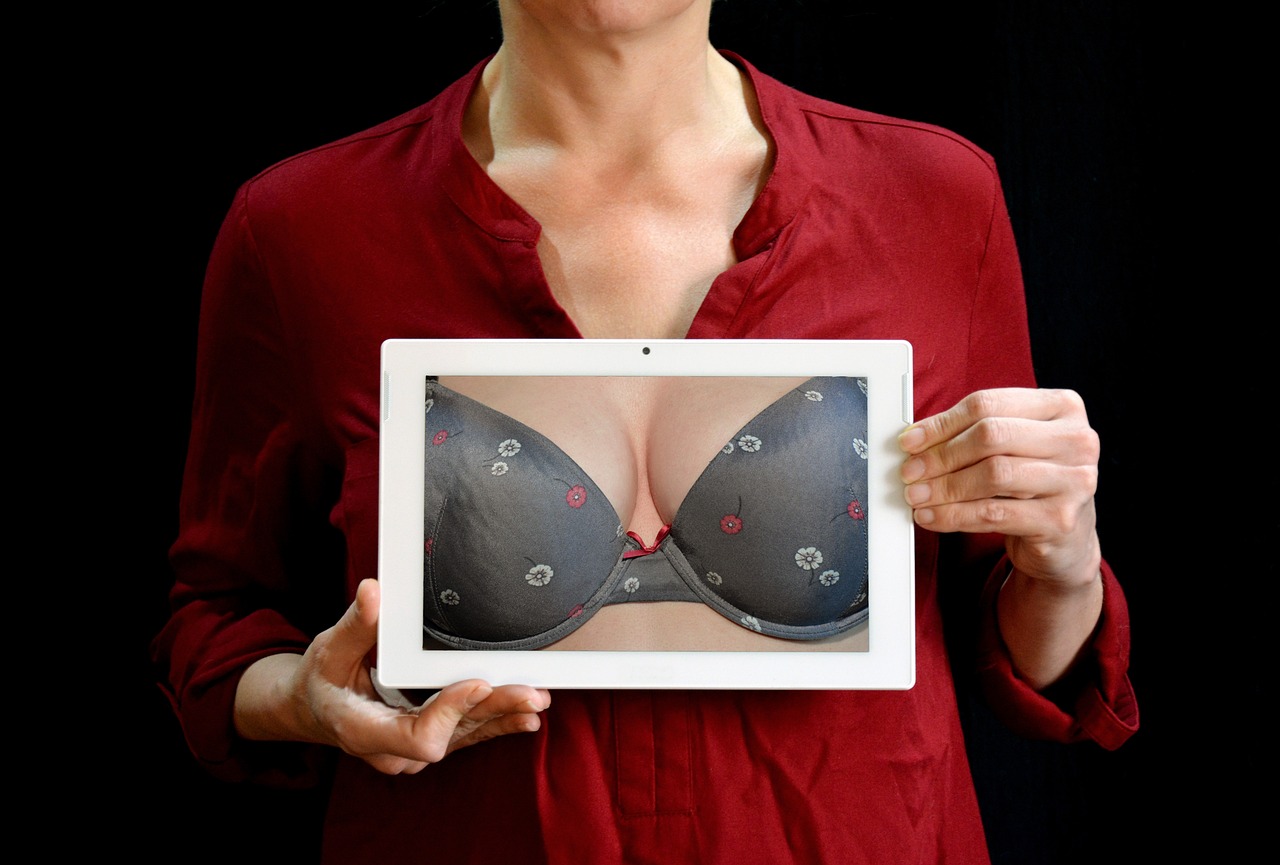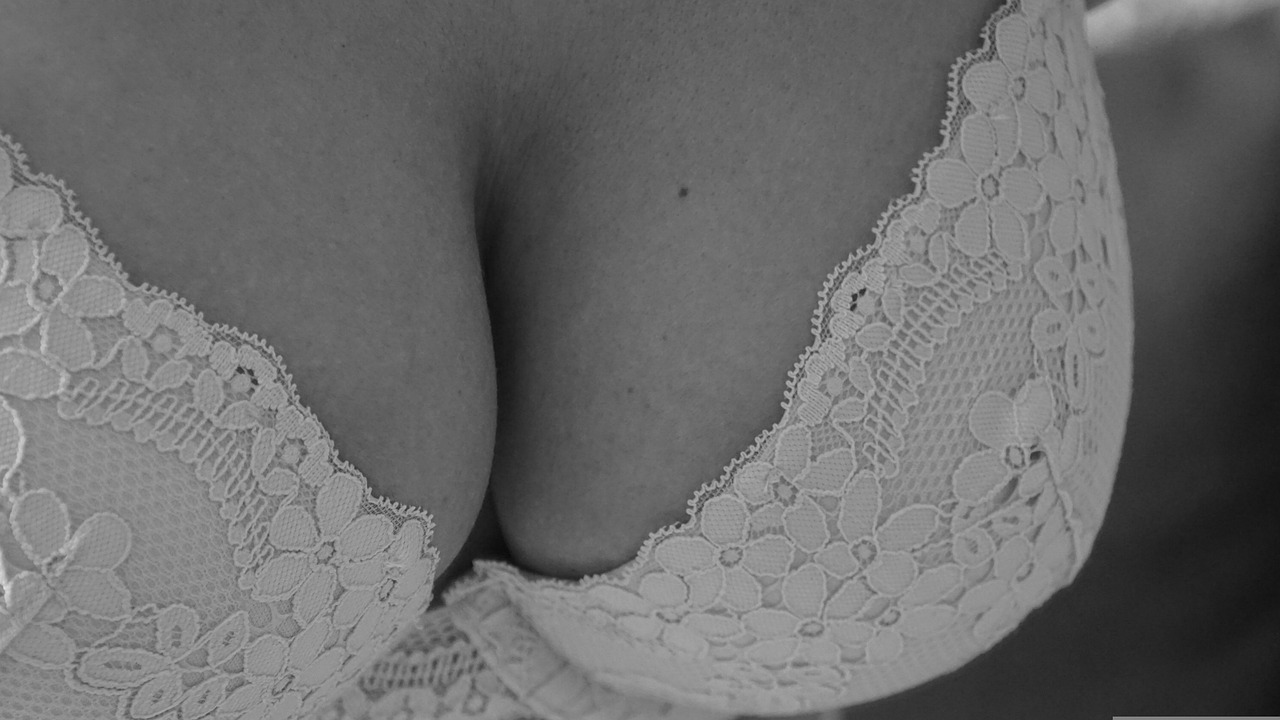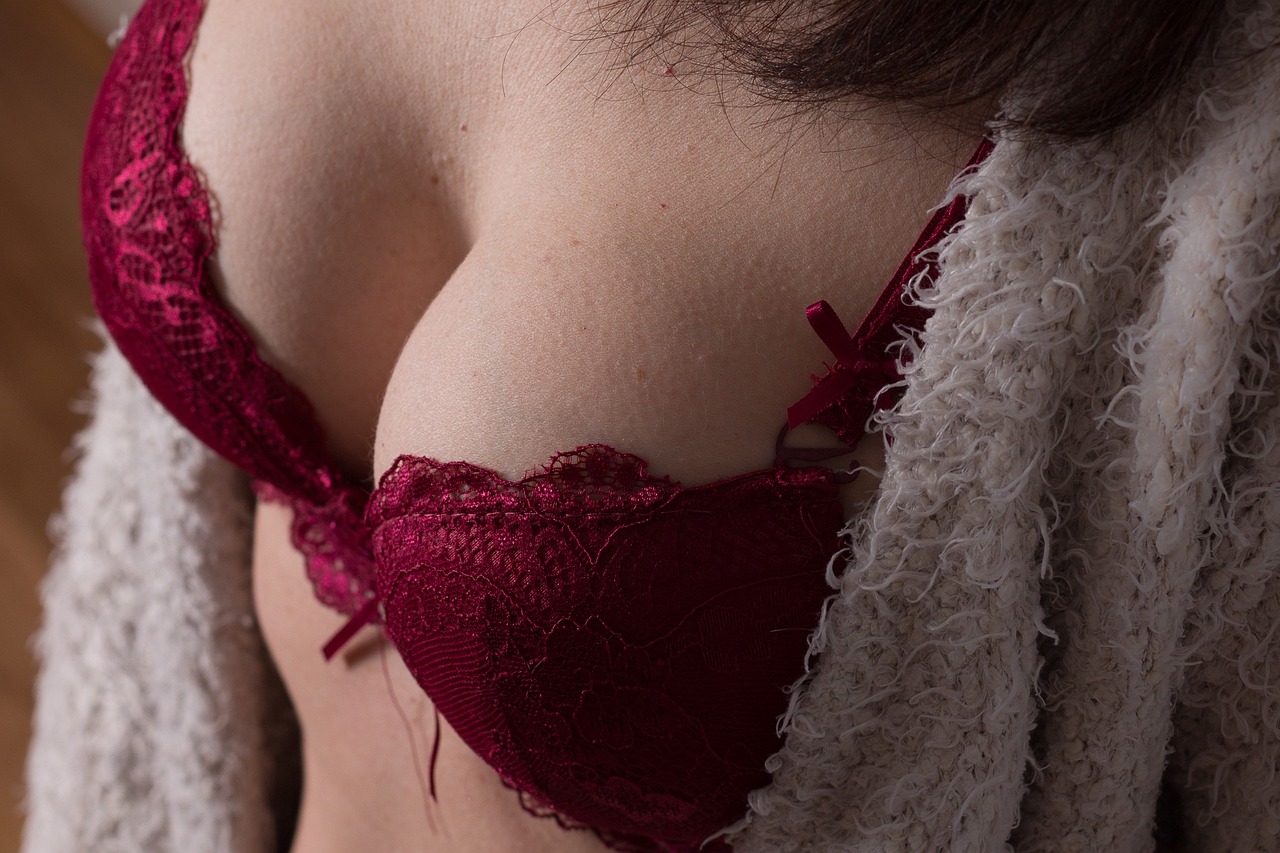Gummy Bear Implants Pros and Cons. What to Consider Before Choosing Implants for Breast Augmentation.

Breast augmentation has come a long way since the early days of silicone and saline implants. One of the latest innovations in breast augmentation is the use of gummy bear implants, also known as cohesive silicone gel implants. These implants are named after their resemblance to gummy bear candies due to their highly cohesive silicone gel filling. While they have gained popularity in recent years, it is important to consider the pros and cons of gummy bear implants before deciding whether they are the right choice for you.
What Are Gummy Bear Implants?
Gummy bear implants, also known as cohesive silicone gel implants, are a type of breast implant that is filled with a highly cohesive silicone gel that has a firmer texture than traditional silicone implants.
The silicone gel used in gummy bear implants is designed to maintain its shape even if the outer shell of the implant is damaged. This means that if the implant ruptures or tears, the gel will not leak out into the surrounding tissue.

Gummy bear implants are shaped like a teardrop, with a tapered top and a fuller bottom, which is designed to mimic the natural shape of the breast. The texture of the implant is also designed to feel more like natural breast tissue than traditional silicone implants.
Gummy bear implants are available in a variety of sizes and shapes, allowing plastic surgeons to customize the procedure to meet each patient's individual needs and goals. They are often recommended for women who are looking for a more natural-looking breast augmentation, as well as those who are concerned about the risk of implant rupture or capsular contracture.
Five Things to Consider Before Choosing Gummy Bear Implants

-
Breast Size and Shape: Gummy bear implants are teardrop-shaped and may not be suitable for women with smaller breasts or those who desire a rounder breast shape. It is important to discuss your desired breast size and shape with your plastic surgeon to determine if gummy bear implants are the right choice for you.
-
Lifestyle and Physical Activities: Gummy bear implants may be more suitable for women who engage in physical activities or sports that involve a lot of movement, as the cohesive gel filling helps to reduce the risk of rupture or leakage. However, women who engage in contact sports or activities that could result in trauma to the breast may still be at risk of implant damage and should consider this before choosing gummy bear implants.
-
Incision Location: As mentioned earlier, gummy bear implants require a larger incision than traditional implants due to their teardrop shape and cohesive gel filling. This can limit the incision options available for breast augmentation and may be a consideration for women who prefer a less visible or hidden incision.
-
Recovery Time: The recovery time after breast augmentation with gummy bear implants may be longer than with other types of implants, as the larger incision and firmer texture of the implant may require more time for healing and settling. This should be discussed with your plastic surgeon to ensure that you have realistic expectations and can plan for an appropriate recovery period.
-
Cost: As mentioned earlier, gummy bear implants are generally more expensive than traditional saline or silicone implants. It is important to consider the cost of the procedure and the potential for additional expenses, such as revision surgery, in the future.
Now that we understand what gummy bear implants are let's take a closer look at the pros and cons of this type of breast implant.
Pros of Gummy Bear Implants:
Natural Look and Feel
One of the most significant advantages of gummy bear implants is that they look and feel more like natural breast tissue. The highly cohesive gel filling allows the implant to hold its shape better, which results in a more natural look and feel.
Reduced Risk of Rupture
Unlike saline implants, which are filled with a liquid, gummy bear implants are filled with a thicker, gel-like substance that is less likely to leak or rupture. Even if the implant does rupture, the gel will remain intact and not leak into the surrounding tissue.
Lower Risk of Capsular Contracture
Capsular contracture is a common complication of breast augmentation, in which the scar tissue that forms around the implant tightens and hardens, causing discomfort and distortion of the breast shape. Gummy bear implants have a lower risk of capsular contracture compared to other types of implants.
Greater Longevity
Gummy bear implants are designed to last longer than traditional saline or silicone implants, with some manufacturers claiming that they can last up to 20 years.
Cons of Gummy Bear Implants:
Cost
Gummy bear implants are generally more expensive than traditional saline or silicone implants due to their advanced design and higher manufacturing costs.
Limited Incision Options
Due to the nature of the cohesive gel filling, gummy bear implants require a larger incision than other types of implants. This can limit the incision options for breast augmentation, particularly for women with smaller breasts.
Firmer Texture
While the cohesive gel filling of gummy bear implants provides a more natural look and feel, some women may find that the firmer texture of the implant is not as comfortable or natural as other types of implants.
Rotation and Shifting
Due to their teardrop shape, gummy bear implants have a risk of rotation or shifting within the breast pocket, which can result in an asymmetrical or unnatural appearance. This risk can be minimized with careful surgical technique and implant placement.

Cost of Gummy Bear Implants:
The cost of gummy bear implants varies depending on several factors, including the surgeon's fees, the cost of the implants themselves, the facility fees, and any additional costs such as anesthesia, pre-operative testing, and post-operative garments.
On average, the cost of gummy bear implants can range from $6,000 to $15,000, with the higher end of the range often reflecting the cost of the implants themselves. This is significantly more expensive than traditional saline or silicone implants, which typically cost between $3,000 to $10,000.
It is important to note that the cost of breast augmentation with gummy bear implants may vary depending on the surgeon's level of experience and expertise, the geographical location of the surgical facility, and any additional procedures or services that may be required. For example, if a patient requires a breast lift in addition to breast augmentation, the cost may be higher.
It is also important to consider that the cost of gummy bear implants may be higher in the long run, as they are designed to last longer than traditional implants and may not require replacement as frequently. However, it is important to consider the initial cost and any potential additional expenses, such as revision surgery or post-operative care, when making a decision about breast augmentation with gummy bear implants.
Age Limitations for Considering Gummy Bear Implants
There is no specific age limitation for considering gummy bear implants, as each patient's individual circumstances and needs are different. However, it is important to consider the physical and emotional maturity of the patient before undergoing breast augmentation surgery.
For younger patients, it is important to ensure that they have fully developed breasts and are emotionally mature enough to understand the risks and benefits of the procedure. Patients under the age of 18 typically require parental consent to undergo breast augmentation surgery.
For older patients, it is important to consider any age-related factors that may affect the outcome of the procedure, such as changes in skin elasticity and breast tissue. Older patients may also have medical conditions that can increase the risks associated with surgery, and it is important to discuss these with a qualified plastic surgeon.
Ultimately, the decision to undergo breast augmentation with gummy bear implants should be based on a thorough evaluation of the patient's individual needs and goals, as well as a discussion of the risks and benefits of the procedure with a qualified plastic surgeon.
In summary, there is no specific age limitation for considering gummy bear implants, but it is important to consider the physical and emotional maturity of the patient before undergoing surgery. Patients of all ages should undergo a thorough evaluation with a qualified plastic surgeon to determine if gummy bear implants are the right choice for their individual needs and goals.

Gummy Bear Implants Performance with Age:
Gummy bear implants are designed to last longer than traditional saline or silicone implants, with some manufacturers claiming that they can last up to 20 years. However, it is important to consider that breast implants, including gummy bear implants, are not lifetime devices and may require replacement or revision surgery at some point.
The longevity of gummy bear implants may be influenced by factors such as the patient's age, lifestyle, weight changes, and hormonal fluctuations. For example, weight gain or pregnancy may cause changes to the breast tissue and skin that can affect the performance of gummy bear implants over time.
As a patient ages, the natural changes that occur in the breast tissue and skin may affect the appearance and feel of gummy bear implants. In some cases, patients may experience sagging or drooping of the breasts, requiring a breast lift or revision surgery to maintain the desired appearance.
It is important to follow the recommended post-operative care instructions provided by the plastic surgeon to ensure the best possible outcome and longevity of gummy bear implants. Regular follow-up appointments with the surgeon can also help monitor the implants' performance and identify any potential issues that may require further attention.
In summary, gummy bear implants are designed to last longer than traditional implants, but their performance with age may be influenced by various factors such as weight changes, hormonal fluctuations, and natural changes in breast tissue and skin. Regular follow-up appointments and adherence to post-operative care instructions can help to maintain the longevity and appearance of gummy bear implants over time.
Being Prepared to Remove Gummy Bear Implants:
While gummy bear implants are designed to last longer than traditional implants, there may be situations where the implants need to be removed. This may be due to complications such as implant rupture, capsular contracture, or infection, or due to changes in the patient's body or lifestyle.
It is important to be prepared for the possibility of implant removal and to understand the potential risks and complications associated with the procedure. These may include bleeding, infection, scarring, changes in breast shape or size, and the need for additional revision surgery.
Patients should also consider implant removal's emotional and psychological impact, as it may affect their self-esteem and body image. Discussing these concerns with a qualified plastic surgeon and seeking emotional support from friends, family, or a mental health professional as needed is important.
If implant removal is necessary, the plastic surgeon will typically perform an explantation procedure, which involves removing the implant and any scar tissue that has formed around it. In some cases, the surgeon may also recommend a breast lift or other procedures to restore the appearance of the breasts.
It is important to follow the post-operative care instructions provided by the plastic surgeon and to attend regular follow-up appointments to monitor the healing process and ensure the best possible outcome.
In summary, while gummy bear implants are designed to last longer than traditional implants, it is important to be prepared for the possibility of implant removal and to understand the potential risks and complications associated with the procedure. Patients should also consider implant removal's emotional and psychological impact and seek support as needed. Following post-operative care instructions and attending regular follow-up appointments can help to ensure the best possible outcome.

Considering Consulting a Psychologist Before Adding Gummy Bear Implants:
While breast augmentation with gummy bear implants can enhance a woman's appearance and self-confidence, it is important to consider the psychological impact of the procedure as well. Some women may seek breast augmentation to address feelings of low self-esteem or body dissatisfaction, and it is important to address these underlying issues before undergoing surgery.
Consulting a psychologist or mental health professional before adding gummy bear implants can help to identify any underlying psychological issues that may affect the outcome of the procedure. These may include body dysmorphia, anxiety, depression, or other mental health concerns.
A psychologist can also help to ensure that a patient's expectations are realistic and that they have a healthy body image before undergoing surgery. They can also provide support and guidance during the post-operative recovery period, which can be a challenging time for some patients.
It is important to choose a qualified and experienced psychologist who specializes in body image and self-esteem issues, and to have open and honest communication with both the psychologist and plastic surgeon throughout the process.
In summary, considering consulting a psychologist or mental health professional before adding gummy bear implants can help to address any underlying psychological issues and ensure that a patient's expectations are realistic. A psychologist can also provide support and guidance throughout the process, which can be beneficial for some patients. It is important to choose a qualified and experienced psychologist and to have open and honest communication with both the psychologist and plastic surgeon throughout the process.
Some most common questions and answers for gummy bear implants:
Q: What are gummy bear implants?
A: Gummy bear implants, also known as cohesive silicone gel implants, are a type of breast implant that is filled with a highly cohesive silicone gel that has a firmer texture than traditional silicone implants.
Q: How do gummy bear implants differ from traditional implants?
A: Gummy bear implants have a firmer texture and a teardrop shape that is designed to mimic the natural shape of the breast. They also have a lower risk of rupture and capsular contracture compared to traditional implants.
Q: How much do gummy bear implants cost?
A: The cost of gummy bear implants can vary depending on several factors, including the surgeon's fees, the cost of the implants themselves, and any additional costs such as anesthesia or post-operative care. On average, the cost of gummy bear implants can range from $6,000 to $15,000.
Q: How long do gummy bear implants last?
A: Gummy bear implants are designed to last longer than traditional implants, with some manufacturers claiming that they can last up to 20 years. However, their longevity may be influenced by various factors such as age, lifestyle, and changes in weight or hormonal fluctuations.
Q: What are the risks and complications associated with gummy bear implants?
A: The risks and complications associated with gummy bear implants are similar to those associated with other types of breast implants and may include bleeding, infection, scarring, changes in breast shape or size, and the need for revision surgery. It is important to discuss these risks with your plastic surgeon and to follow the recommended post-operative care instructions.
Q: Can gummy bear implants be removed?
A: Yes, gummy bear implants can be removed if necessary. The procedure typically involves an explantation procedure, which involves removing the implant and any scar tissue that has formed around it.
Q: Can I breastfeed with gummy bear implants?
A: There is no evidence to suggest that gummy bear implants pose a risk to breastfeeding. However, it is important to discuss any concerns with your plastic surgeon and to wait until your breasts have fully healed before attempting to breastfeed.
Q: Will gummy bear implants feel natural?
A: Gummy bear implants are designed to mimic the natural shape and feel of the breast tissue, and many women report that they feel more natural than other types of implants. However, the firm texture of the implant may not be comfortable or natural for everyone, and it is important to discuss your individual preferences with your plastic surgeon.
Q: How long is the recovery period after breast augmentation with gummy bear implants?
A: The recovery period after breast augmentation with gummy bear implants can vary depending on several factors, including the extent of the surgery, the patient's overall health, and the recommended post-operative care instructions. On average, most patients can return to work and normal activities within 1-2 weeks after surgery, but strenuous activities should be avoided for several weeks.
Q: Am I a good candidate for gummy bear implants?
A: The best way to determine if you are a good candidate for gummy bear implants is to schedule a consultation with a qualified plastic surgeon. They can evaluate your individual needs and goals and help you make an informed decision about the best type of implant for your body and lifestyle.
To Wrap Up
In conclusion, gummy bear implants offer several benefits over traditional breast implants, including a natural teardrop shape, a firmer texture, and a lower risk of rupture and capsular contracture. However, there are also potential risks and complications associated with the procedure, including bleeding, infection, and changes in breast shape or size.
Before deciding on gummy bear implants for breast augmentation, it is important to consider various factors, such as the patient's individual needs and goals, the risks and benefits of the procedure, and the experience and qualifications of the plastic surgeon. Patients should consult with a qualified plastic surgeon to discuss the best options for their individual needs and to ensure that they have realistic expectations about the procedure and its outcomes.
It may also be helpful to consult with a psychologist or mental health professional to address any underlying psychological issues that may affect the outcome of the procedure.
Ultimately, the decision to undergo breast augmentation with gummy bear implants should be a well-informed and carefully considered one. By working closely with a qualified plastic surgeon and understanding the potential risks and benefits, patients can make an informed decision that meets their individual needs and goals.
Disclaimer:
The information provided in this article is for educational and informational purposes only and is not intended to be a substitute for professional medical advice, diagnosis, or treatment. Always seek the advice of a qualified healthcare provider with any questions you may have regarding a medical condition or procedure.
The views and opinions expressed in this article are those of the author and do not necessarily reflect the official policy or position of any agency of OpenAI or its affiliates. OpenAI does not endorse any products or services mentioned in this article.
The information provided in this article is based on the latest research and available information as of the date of publication. However, healthcare practices and policies may change over time, and the information provided in this article may become outdated or inaccurate. It is important to consult with a qualified healthcare provider for the most up-to-date and accurate information regarding any medical condition or procedure.
The decision to undergo breast augmentation with gummy bear implants is a personal one and should be made in consultation with a qualified plastic surgeon. Patients should carefully consider the risks and benefits of the procedure and discuss any concerns or questions they may have with their healthcare provider.
References:
-
Adams, W. P. Jr. (2012). Breast augmentation. Plastic and reconstructive surgery, 130(4 Suppl 2), 597S-611S. doi: 10.1097/PRS.0b013e318265975d
-
American Society of Plastic Surgeons. (2021). Gummy bear breast implants. Retrieved from https://www.plasticsurgery.org/cosmetic-procedures/breast-augmentation/gummy-bear-breast-implants
-
Calobrace, M. B., & Herdt, J. R. (2014). Cohesive silicone gel breast implants in aesthetic and reconstructive breast surgery. Plastic and reconstructive surgery, 134(4 Suppl 1), 20S-31S. doi: 10.1097/PRS.0000000000000608
-
Clemens, M. W., & Miranda, R. N. (2017). Coming of age: breast implant-associated anaplastic large cell lymphoma after 18 years of investigation. Plastic and reconstructive surgery, 139(1), 1-4. doi: 10.1097/PRS.0000000000002915
-
Food and Drug Administration. (2021). Breast implants. Retrieved from https://www.fda.gov/medical-devices/implants-and-prosthetics/breast-implants
-
Spear, S. L., Murphy, D. K., & Slicton, A. (2017). Inamed silicone breast implant core study results at 6 years. Plastic and reconstructive surgery, 140(5), 795-806. doi: 10.1097/PRS.0000000000003780
-
Stevens, W. G., Harrington, J., Alizadeh, K., & Broadway, D. C. (2012). Breast augmentation: a review of implant selection and positioning techniques. Aesthetic surgery journal, 32(1), 2-12. doi: 10.1177/1090820X11429011
-
Wong, C. H., Samuel, M., Tan, B. K., Song, C., & Tan, K. C. (2016). Cohesive silicone gel breast implants in aesthetic and reconstructive breast surgery: a review. Indian journal of plastic surgery, 49(3), 369-378. doi: 10.4103/0970-0358.188592
-
Zeidler, K. R., & Jewell, M. L. (2018). Breast implant-associated anaplastic large cell lymphoma: a systematic review, plastic surgeon survey, and proposed treatment algorithm. Plastic and reconstructive surgery, 141(4), 586-597. doi: 10.1097/PRS.0000000000004244
